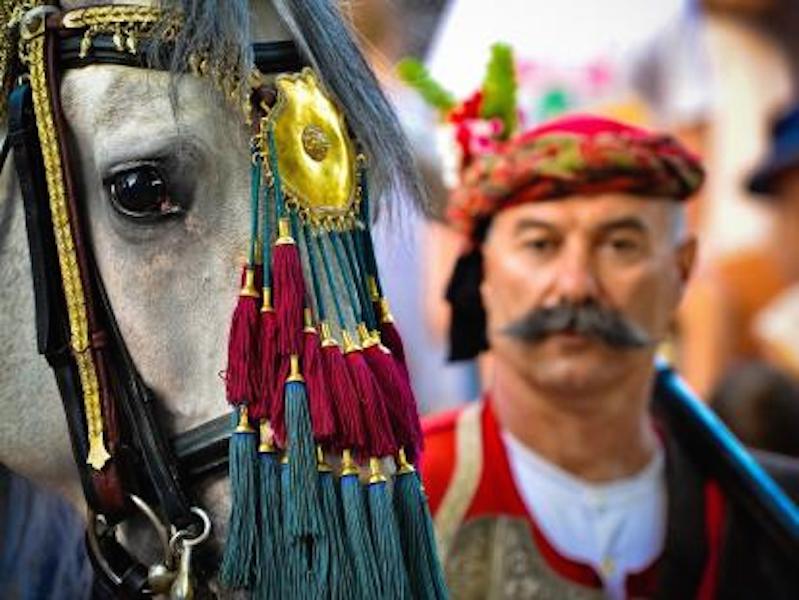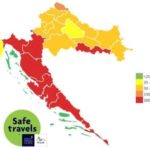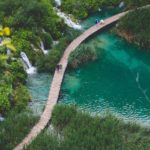
(TAN): Croatia’s tourism board has collaborated with Google Arts & Culture to provide potential visitors an insight into the country’s rich intangible heritage. Croatia is among the countries with the largest number of intangible cultural heritage items on the UNESCO list, the tourism body said.
The Museum of Arts and Crafts and the Museum of the Sinjska alka have also participated in the project, thus becoming part of more than 2,000 cultural institutions from 80 countries participating in the Google Arts & Culture project.
“This is the first large and comprehensive project of the Croatian National Tourist Board and Google, which promotes Croatian intangible heritage in an innovative way. As part of this project, we have revealed 25 Croatian intangible traditions to the global audience that will, I am sure, contribute to further positioning our country as a tourist destination with a rich and diverse offer with emphasis on our cultural and historical heritage that we are all very proud of,” said CNTB Director Kristjan Staničić, adding that cultural tourism is among the primary attractions for visitors to the country in pre and post season.
Intangible cultural heritage refers to traditions or living expressions passed on from generation to generation, and with this Google and CNTB project this content has been showcased via four sections — knowledge of crafts, folk singing and dancing, celebrations and festivities, and food.
“2020 was a challenging year for travelers around the world. We believe that with this project we will further bring the rich tradition of Croatia, which is already known for its natural beauty and picturesque cities, closer to those wanting to learn more. Using technology and innovative storytelling techniques, this project in cooperation and under the auspices of the Croatian National Tourist Board is aimed at preserving and promoting selected aspects of Croatia’s intangible cultural heritage to a global audience. This is also the first global presentation of Croatian intangible heritage at Google Arts & Culture,” said Amit Sood, director of Google Arts and Culture.
“Today, tourists are looking for originality in a modern way, and Croatian cultural diversity is a treasure worth showing to the whole world. From the Trke na prstenac, Sinjska alka to the lesser-known ojkanje from my homeland, Croatia really showcases its diversity. I am glad that there are digital channels today that can bring our intangible cultural heritage closer to tourists around the world, especially in these challenging times that have reduced the possibility of travel,” said Croatian tourism minister Nikolina Brnjac. “While we expect a return to the old normal, projects like this allow our guests the virtual trips and the acquaintance with the cultural and historical richness of Croatian destinations.”
[ALSO READ: Philippines 100th destination to get WTTC Safe Travels Stamp]
Some of the examples included in the project are Agave lacemaking, originating from the Canary islands, which today is made in Croatia solely by the Benedictine nuns in the town of Hvar situated on the island of the same name, the knights’ tournament Sinjska alka has been held every year in August on the anniversary of the victory over the Turkish invaders in 1715 when 700 Croatian soldiers from Sinj managed to repel the onslaught of 60,000 Turkish soldiers, the traditional Tribunj donkey race held every year on the first day of August in which only Tribunj residents have the right to participate and the goal is to run around the historical city center.
The project also includes Nijemo Kolo (Silent Dance) from the Dalmatian hinterland, which is unique, as it is performed in a circle or in pairs almost exclusively without any musical instruments, klapsko pjevanje is traditional polyphonic folk singing performed without musical instruments dedicated to love or to the community in which the singers live, the art of preparing Zagorski štrukli a savory or sweet cheese pastry-type dish beloved in Hrvatsko zagorje, the singing of the traditional folk song Bećarac which is performed in a strict form of couplet in decasyllable whose last words rhyme and is sung at weddings, but also at all other celebrations because the lyrics are humorous and cheerful.




